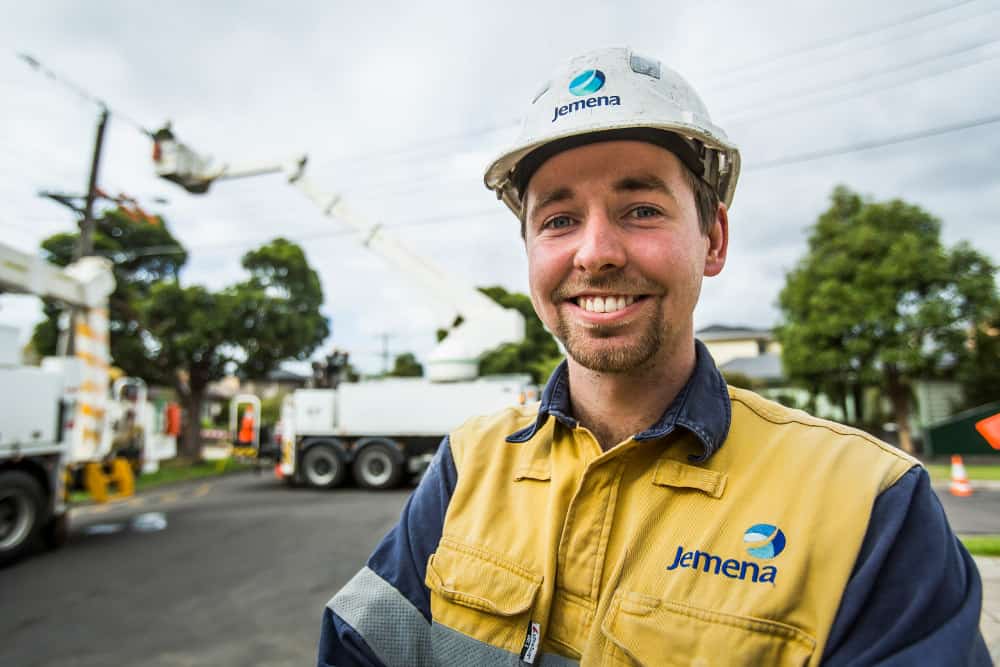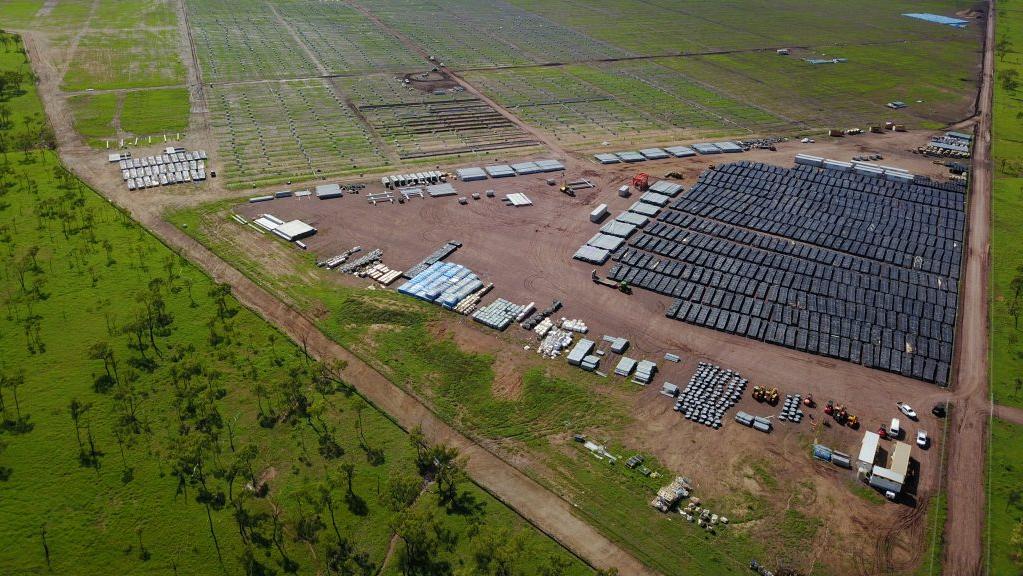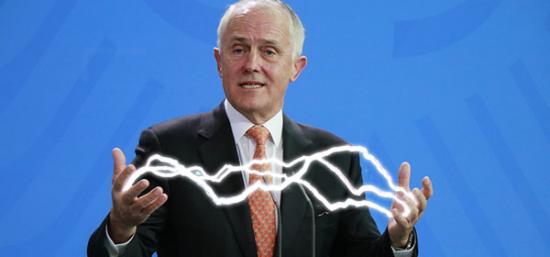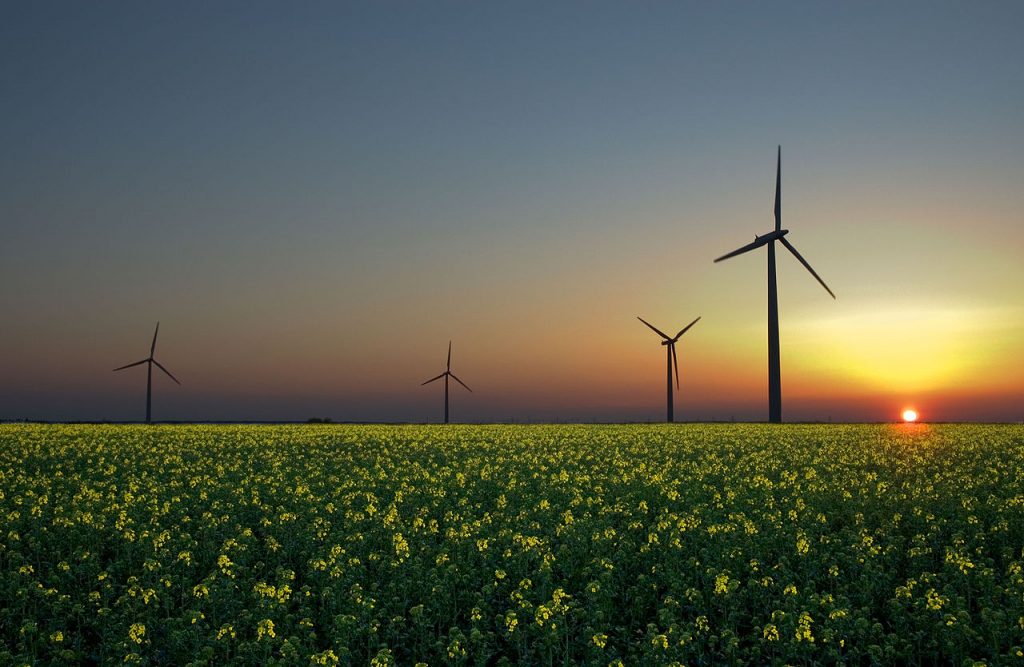New research in Science magazine shows that installing solar and wind farms in the Sahara Desert could generate massive amounts of electricity and turn parts of the desert green for the first time in over 4,500 years.
Solar and Wind Farms in the Sahara Desert
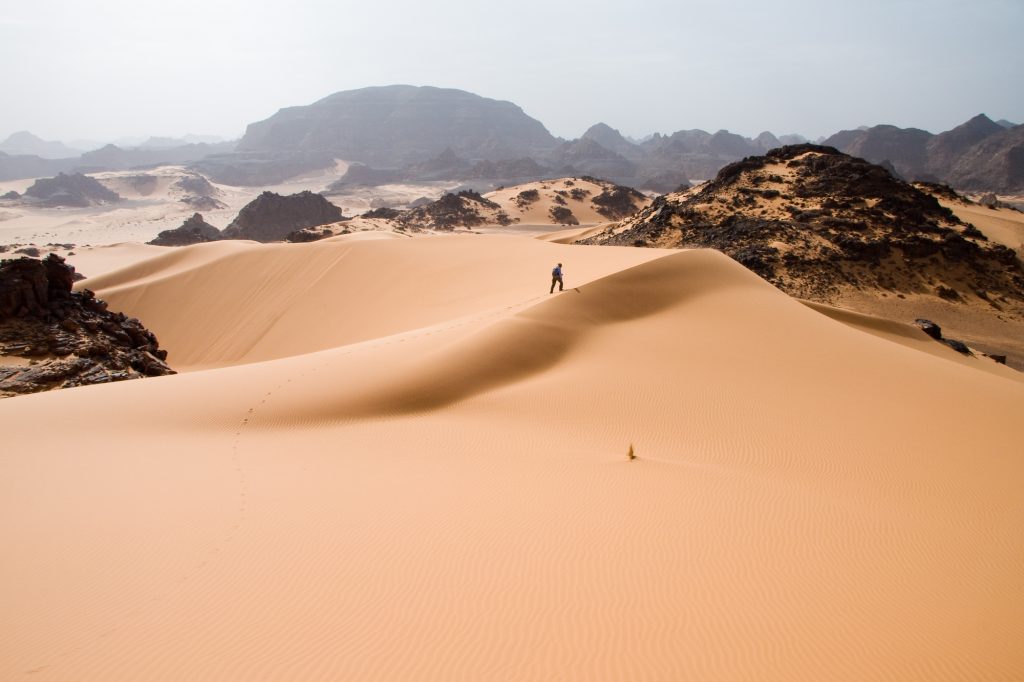
Atmospheric scientist at the University of Maryland, Eugenia Kalnay, has been working on this theory for over ten years, postulating that the darkness of solar panels won’t reflect the sunlight – helping heat up the surface of the land – which will in turn drive air upwards into the atmosphere (which, in turn, generates rain).
Dr. Kalnay talked one of her post-doc researchers into creating a computer simulation where 20% of the Sahara is covered with solar panels. They also tried a simulation where the desert was covered in turbines to generate renewable energy from wind. The simulation was successful – with rainfall in the desert increasing by a large enough amount so that vegetation could return to the Sahara.
“It is wonderful!” Dr. Kalnay was quoted as saying in an article by NPR. “We were so happy because it seems like a major solution for some of the problems that we have.”
The Sahara Desert solar farm in the simulation is gigantic – bigger than the entire continental United States. It’d be able to generate 400% of the energy the world currently requires. Would there be a way to install high-capacity transmission lines to transport this power across seas and land? It’s certainly a fantastic concept that seems straight out of a science fiction novel, but technology is increasing at such a pace that ideas like this are, whilst admittedly still in nascent stages, potentially viable.
Take a look at our articles on printable solar panels/cells to see how, if room wasn’t an issue, how much cheaper large-scale solar could be with lower efficiency panels.
More great information for solar cell technology. Just a thought experiment at this point but it’s exciting to see what the future could hold for renewable energy in the Sahara Desert!

